Category: Content
-

Is Schema Markup Necessary for AI Discovery?
-
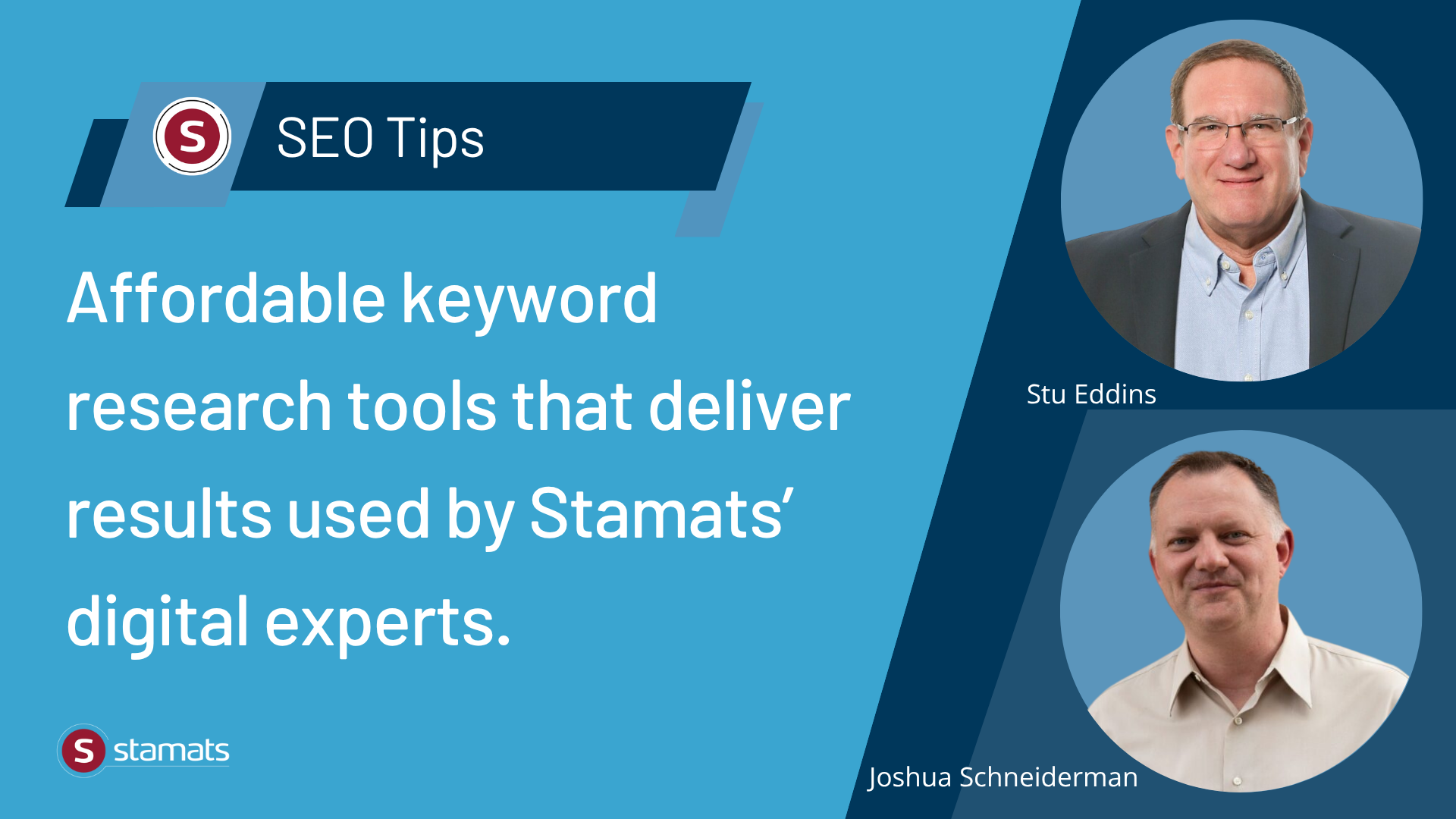
The Best Budget-Friendly Keyword Research Tools as Recommended by the Stamats Experts
-
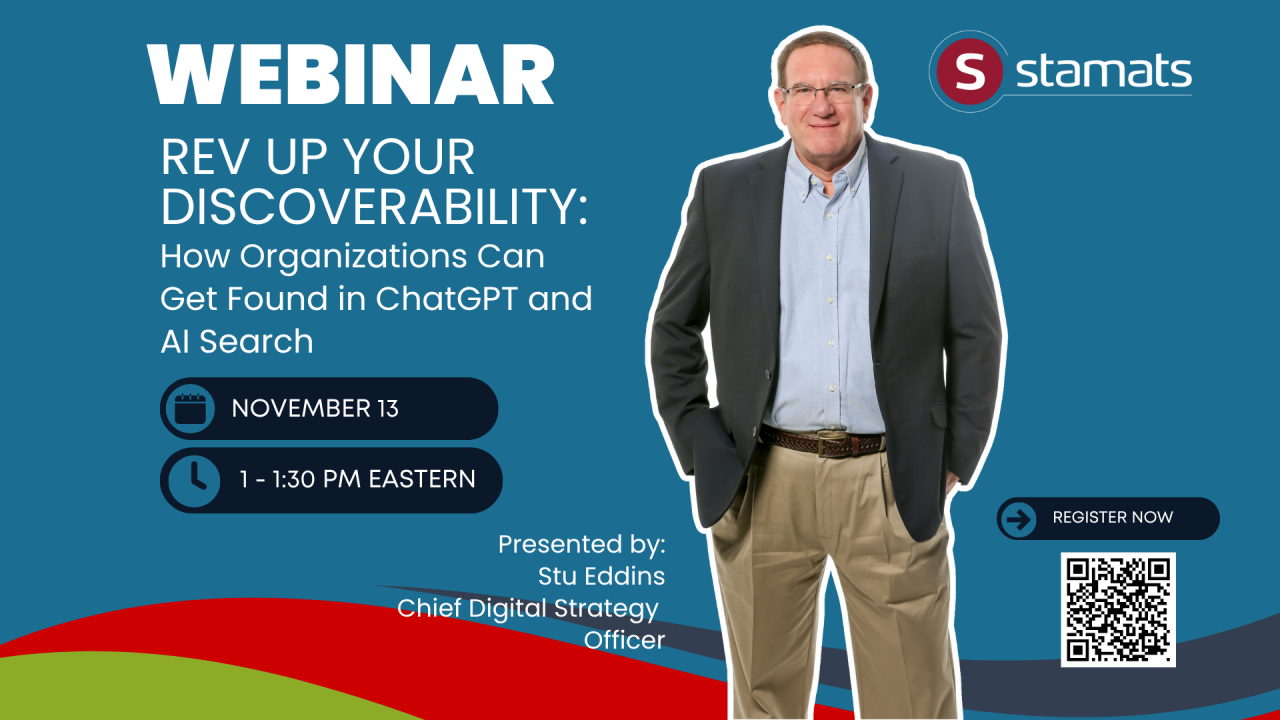
Webinar: Get Found in AI Search
-
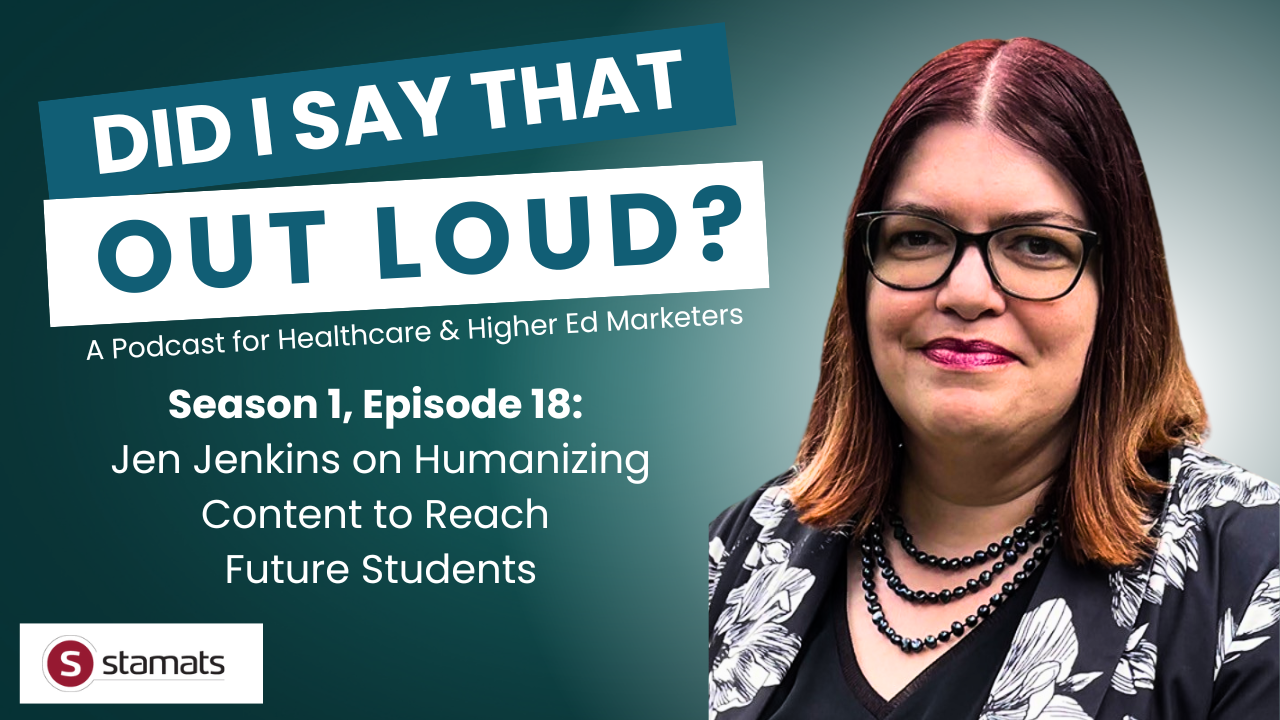
S1, E18: Humanizing Content to Reach Students
-
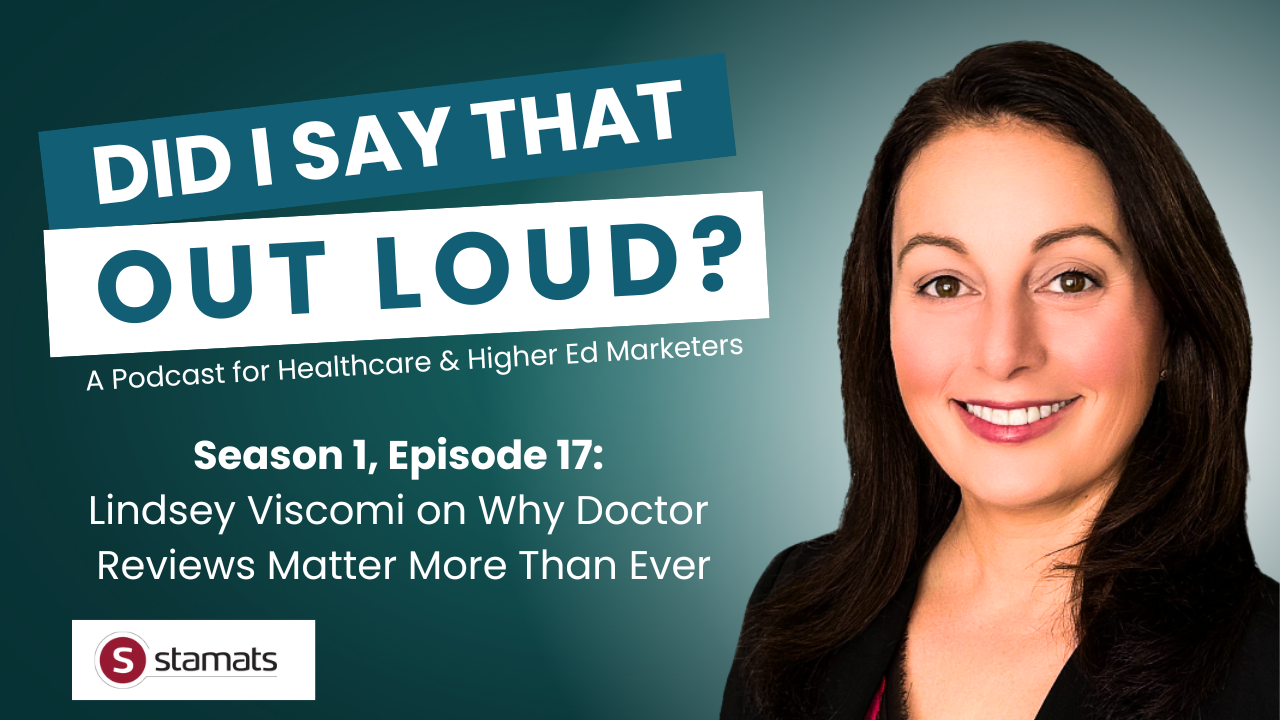
S1, E17: Doctor Reviews Matter More Than Ever
-
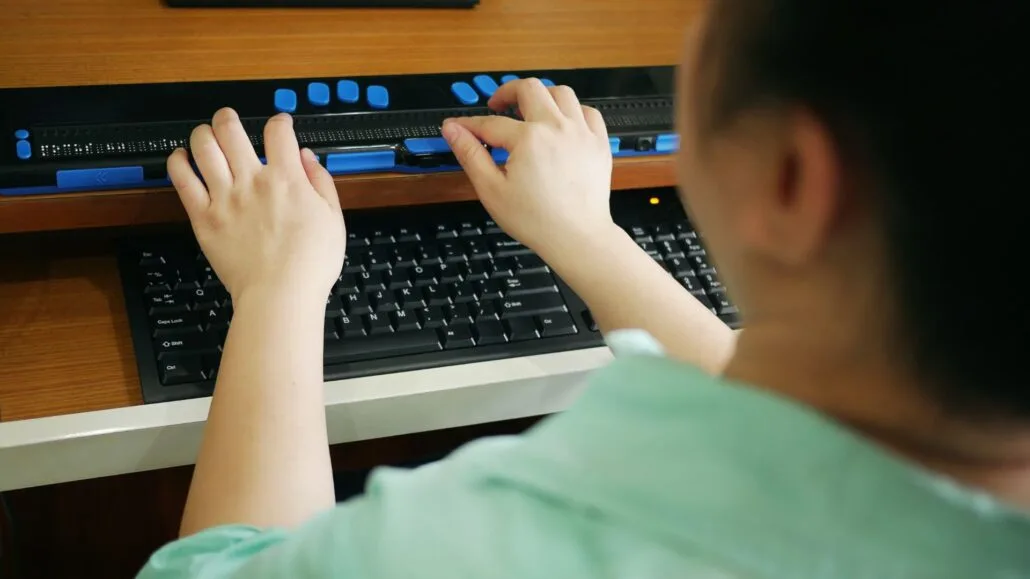
The Truth About Web Accessibility Tools and Why Human Involvement Is Critical
-

Don’t Let Long Videos Fade: Why Short-Form Video Storytelling Is Key to Higher Ed ROI
-
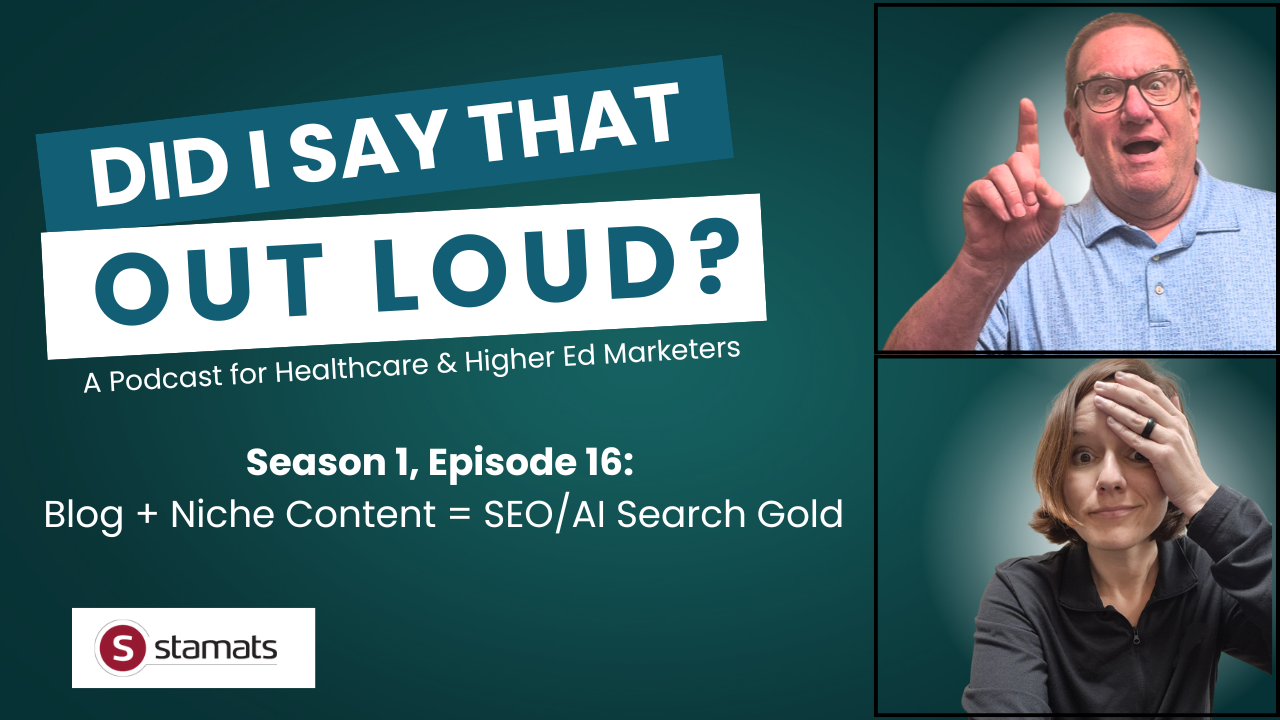
S1, E16: Blog + Niche Content = SEO/AI Search Gold
-

Hidden Gems: How to Unearth & Repurpose Your Content Assets